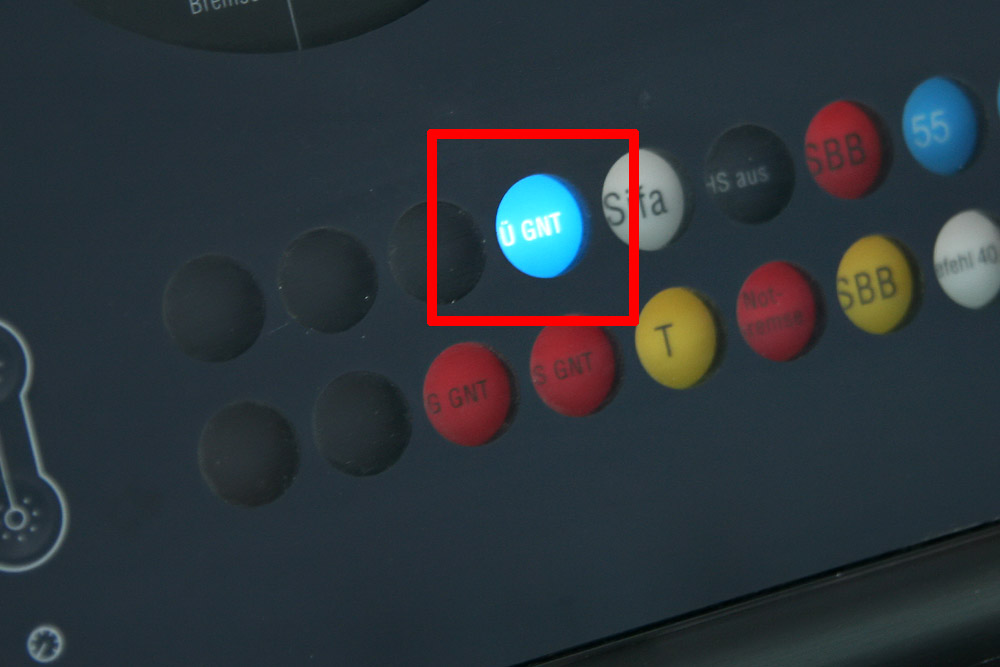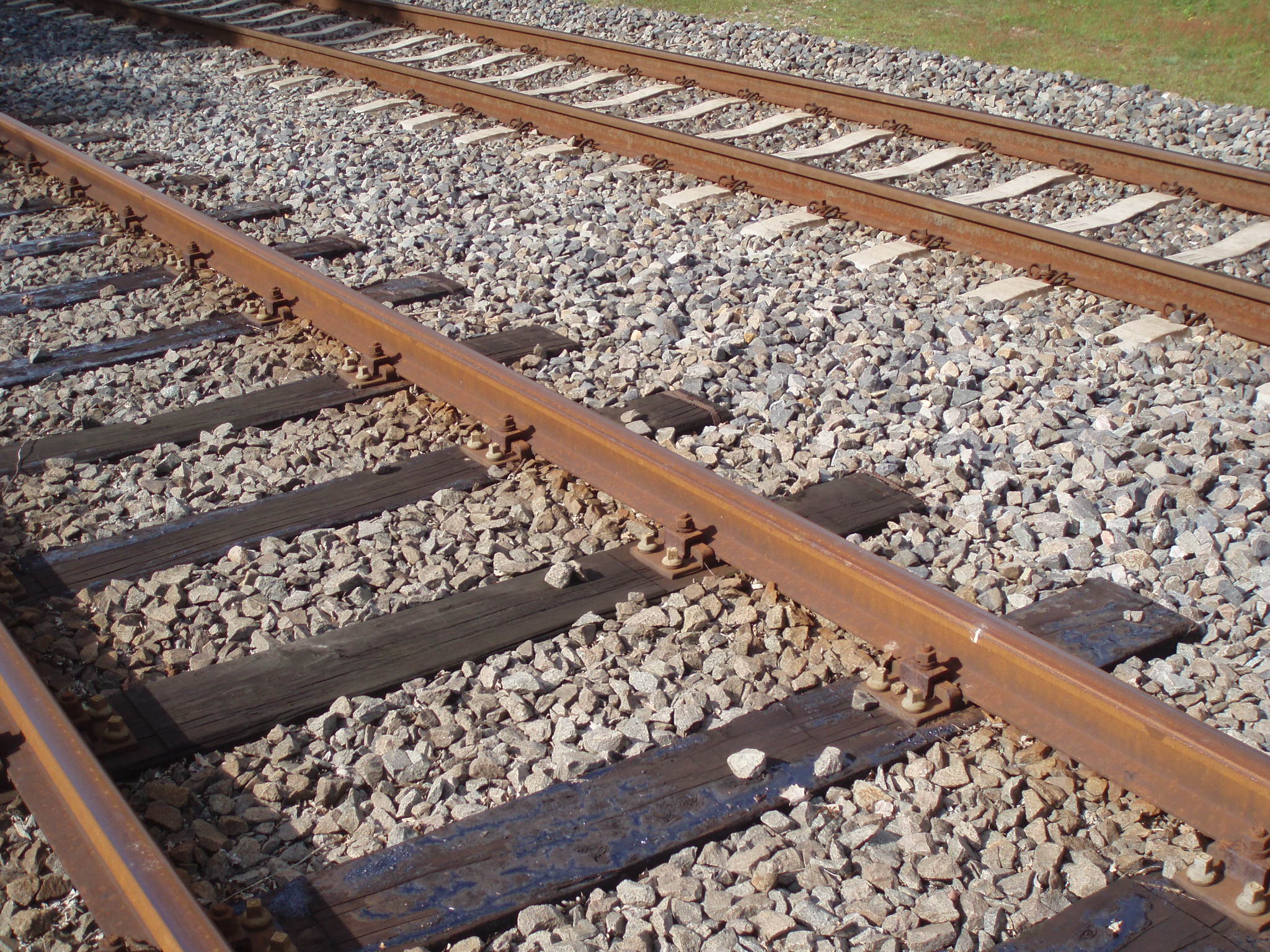|
Balise Transmission Module
A balise ( ) is an electronic Radio Beacon, beacon or transponder placed between the Rail tracks, rails of a railway as part of an automatic train protection (ATP) system. The French language, French word ''wikt:balise, balise'' is used to distinguish these beacons from other kinds of beacons. Balises are used in the Contrôle de vitesse par balises, KVB signalling system installed on main lines of the French railway network, other than the high-speed TGV, Lignes à Grande Vitesse. Balises constitute an integral part of the European Train Control System, where they serve as "beacons" giving the exact location of a train. The ETCS signalling system is gradually being introduced on railways throughout the European Union. Balises are also used in the Chinese Train Control System versions CTCS-2 and CTCS-3 installed on high-speed rail lines in China, which is based on the European Train Control System. A balise which complies with the European Train Control System specification is ... [...More Info...] [...Related Items...] OR: [Wikipedia] [Google] [Baidu] |
Railway Signal
A railway signal is a visual display device that conveys instructions or provides warning of instructions regarding the driver's authority to proceed. The driver interprets the signal's indication and acts accordingly. Typically, a signal might inform the driver of the speed at which the train may safely proceed or it may instruct the driver to stop. Application and positioning of signals Originally, signals displayed simple stop or proceed indications. As traffic density increased, this proved to be too limiting and refinements were added. One such refinement was the addition of distant signals on the approach to stop signals. The distant signal gave the driver warning that they were approaching a signal which might require a stop. This allowed for an overall increase in speed, since train drivers no longer had to drive at a speed within sighting distance of the stop signal. Under timetable and train order operation, the signals did not directly convey orders to the tr ... [...More Info...] [...Related Items...] OR: [Wikipedia] [Google] [Baidu] |
Geschwindigkeitsüberwachung Neigetechnik
The train protection system Geschwindigkeitsüberwachung Neigetechnik (German, translated "Speed Control for Tilting Technology") (abbr. GNT) enables to rise the speed of tilting trains until 30% above the limits for conventional trains. It is installed on numerous lines in Germany along with the traditional Punktförmige Zugbeeinflussung (PZB) intermittent signalling system. History Prior to GNT the tilting control was added as a subset of the Linienzugbeeinflussung (LZB) train protection system that has been in service on high-speed lines since the 1960s. It turned out that the switch from PZB to LZB on some regional lines was considered to be too expensive. As such Siemens was tasked to provide ZUB balises that would work on top of the existing line side signalling and their PZB controlled restrictions. It was developed and introduced under the title ''Punktförmiges Datenübertragungs-System'' (transl. "Punctiform Data Transfer System"). Because of conflicts of the abbrevia ... [...More Info...] [...Related Items...] OR: [Wikipedia] [Google] [Baidu] |
Transmission Beacon-Locomotive
Transmission balise-locomotive (Dutch: Transmissie Baken Locomotief; TBL; English: "Beacon-to-Locomotive Transmission") is a train protection system used in Belgium and (until 2021) on Hong Kong's East Rail line. Versions TBL1 The TBL system is designed to stop a train passing a red signal, with operating speeds of up to 160 km/h. In 2006 13% of the Belgium train network used the original TBL system, introduced in 1982. The system requires the train driver to manually acknowledge a warning when passing a double yellow signal (similar to the Memor/ Le Crocodile system), as well as stopping a train automatically if it passes a red signal. TBL1+ TBL1+ began to be installed on the Belgian rail network in 2006, with full conversion to the system expected by 2012. The system is a development of TBL1, but uses Eurobalises, providing compatibility for later reconfiguration to an ETCS system. An additional safety measure is the addition of an additional balise 300m up-line, whic ... [...More Info...] [...Related Items...] OR: [Wikipedia] [Google] [Baidu] |
Sistema Controllo Marcia Treno
Sistema di Controllo della Marcia del Treno (SCMT) is a discontinuous train cab signalling system used in Italy. It shares many features with the Ripetizione Segnali (RS) system, the two systems co-existing and working together. The main purpose of SCMT is to control the respect of the speed limit imposed by the signal aspect and the line condition. SCMT is divided in two parts: *SSB: ''Sottosistema di bordo'' ("Onboard Subsystem") *SST: ''Sottosistema di terra'' ("Ground Subsystem") Working principles SCMT is based upon an array of transponders called "Punto informativo" (PI) placed on the tracks near signals, reduced speed zones, and other important points along the line. The PIs form the SST. When a train passes over a PI, a set of "antennas" mounted in front of the first bogie energize it through induction. The PI then passes information about the aspect of the next signal through the antennas to the SSB. If the system is supported by RS, and if the signal shows a ... [...More Info...] [...Related Items...] OR: [Wikipedia] [Google] [Baidu] |
ZUB 121
The ZUB 1xx system is a family of train protection systems produced by Siemens. Its ZUB balises were deployed in the ZUB 121 train protection system in the Swiss railway network, in the ZUB 122 tilting control system in the German railway network, and in the ZUB 123 train protection system in the Danish railway network. Some of these were adapted for other railway lines before the next generation ZUB 2xx family was introduced which is based on Eurobalises - the earlier ZUB balises are not compatible with those. History The German LZB was created in 1965 and it was deployed on high-speed lines throughout the 1970s. However, with its signal wire along the complete length of a track it was considered too expensive in order to replace the traditional PZB inductive train stops that have been put along with line-side signals. In the 1980s the manufacturers of railway signaling systems developed electronic versions that could be deployed in the same pattern as the traditional train ... [...More Info...] [...Related Items...] OR: [Wikipedia] [Google] [Baidu] |
Integra-Signum
Integra-Signum is a Swiss train protection system introduced in 1933. Originally it was called Signum; the name Integra was added later. It transmits data inductively and is simple, robust and reliable also in snow. How it works The locomotives have three sending and receiving magnets and there are two trackside magnets near the signals. Integra-Signum requires the train driver to confirm distant signals that show stop and distant or home signals that show caution. If no confirmation is received or a home signal that shows stop is passed without authority, the train is stopped automatically. This is achieved by interrupting the power supply to the motors and applying the emergency brake. The locomotive's sending magnet is a strong permanent magnet, which induces a current in the receiving magnet in the middle of the track, if the signal's short-circuit contact is closed. The receiving magnet on the locomotive consists of two magnet field detectors, which detect the signal's sta ... [...More Info...] [...Related Items...] OR: [Wikipedia] [Google] [Baidu] |
Wrong-side Failure
A wrong-side failure describes a failure condition in a piece of railway signalling equipment that results in an unsafe state. A typical example would be a signal showing a 'proceed' aspect (e.g. green) when it should be showing a 'stop' or 'danger' aspect, resulting in a "false clear". (The converse is a right-side failure, where even with any reduction the resulting state is safe overall.) Example of how a wrong-side failure may occur Consider a relay that has to energize to show a green light. If a wire breaks, or the battery is drained, then the relay will de-energize and the signal will show a red light, which is fail-safe. If a stray wire from another circuit touches the wire connected to that same relay, then that would be a wrong side failure, which is potentially dangerous. This stray wire can be guarded against by ensuring that the insulation on the relay wire is of good quality, and that all terminals are locked away. In addition, the relay may be double-switche ... [...More Info...] [...Related Items...] OR: [Wikipedia] [Google] [Baidu] |
Railroad Tie
A railroad tie, crosstie (American English), railway tie (Canadian English) or railway sleeper ( Australian and British English) is a rectangular support for the rails in railroad tracks. Generally laid perpendicular to the rails, ties transfer loads to the track ballast and subgrade, hold the rails upright and keep them spaced to the correct gauge. Railroad ties are traditionally made of wood, but prestressed concrete is now also widely used, especially in Europe and Asia. Steel ties are common on secondary lines in the UK; plastic composite ties are also employed, although far less than wood or concrete. As of January 2008, the approximate market share in North America for traditional and wood ties was 91.5%, the remainder being concrete, steel, azobé (red ironwood) and plastic composite. Tie spacing may depend on the type of tie, traffic loads and other requirements, for example on North American mainline railroads to on London, Midland and Scottish Railway joi ... [...More Info...] [...Related Items...] OR: [Wikipedia] [Google] [Baidu] |
Balises In Finland
A balise ( ) is an electronic beacon or transponder placed between the rails of a railway as part of an automatic train protection (ATP) system. The French word ''balise'' is used to distinguish these beacons from other kinds of beacons. Balises are used in the KVB signalling system installed on main lines of the French railway network, other than the high-speed Lignes à Grande Vitesse. Balises constitute an integral part of the European Train Control System, where they serve as "beacons" giving the exact location of a train. The ETCS signalling system is gradually being introduced on railways throughout the European Union. Balises are also used in the Chinese Train Control System versions CTCS-2 and CTCS-3 installed on high-speed rail lines in China, which is based on the European Train Control System. A balise which complies with the European Train Control System specification is called a Eurobalise. Overview A balise typically needs no power source. In response to ... [...More Info...] [...Related Items...] OR: [Wikipedia] [Google] [Baidu] |




